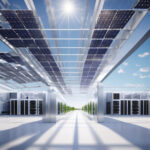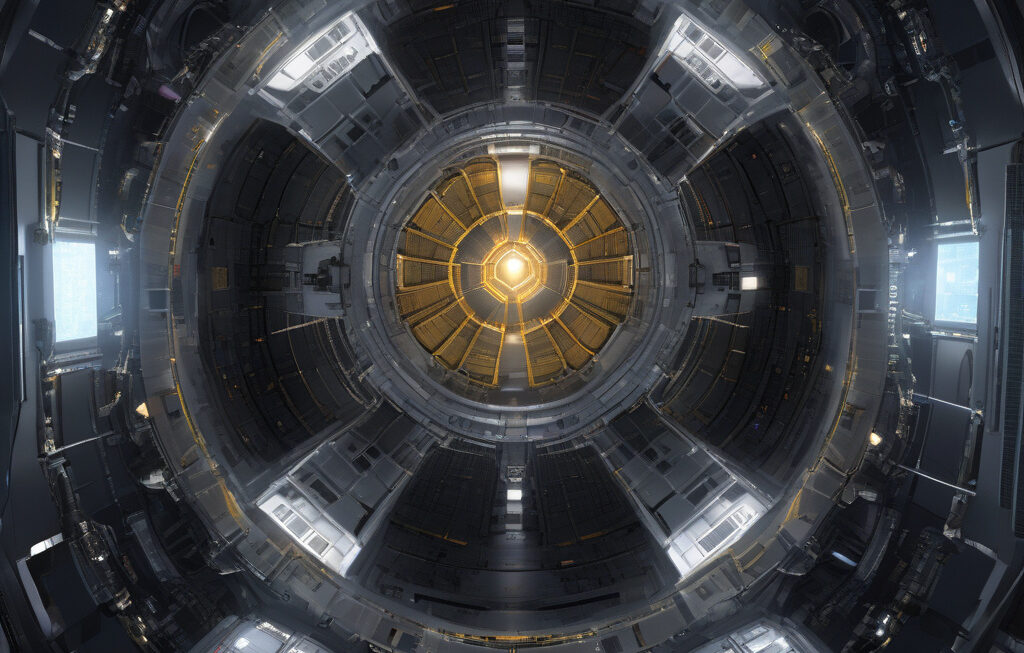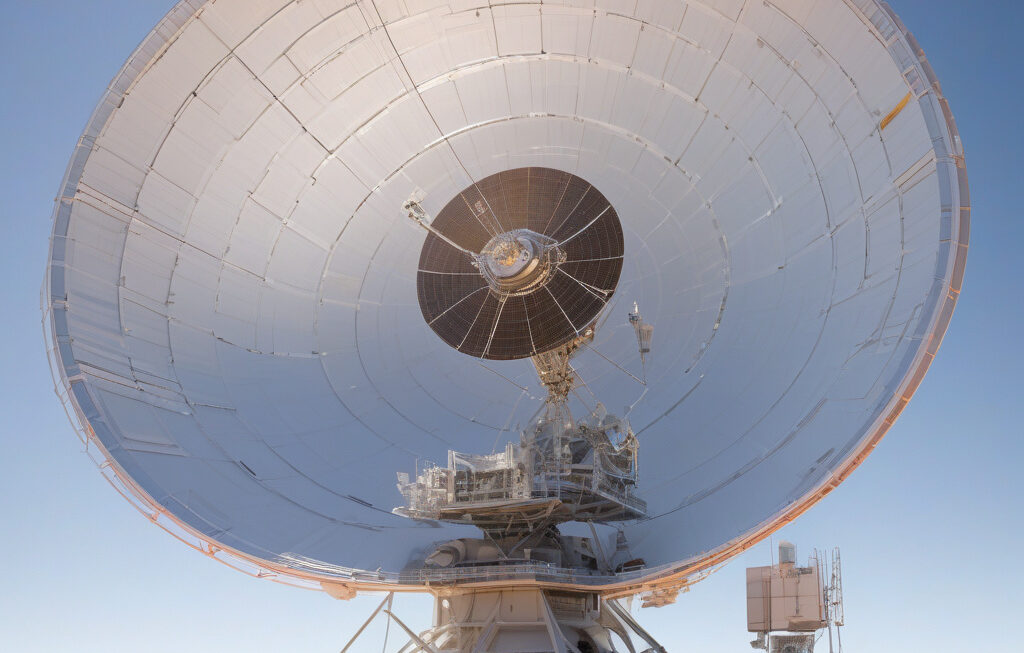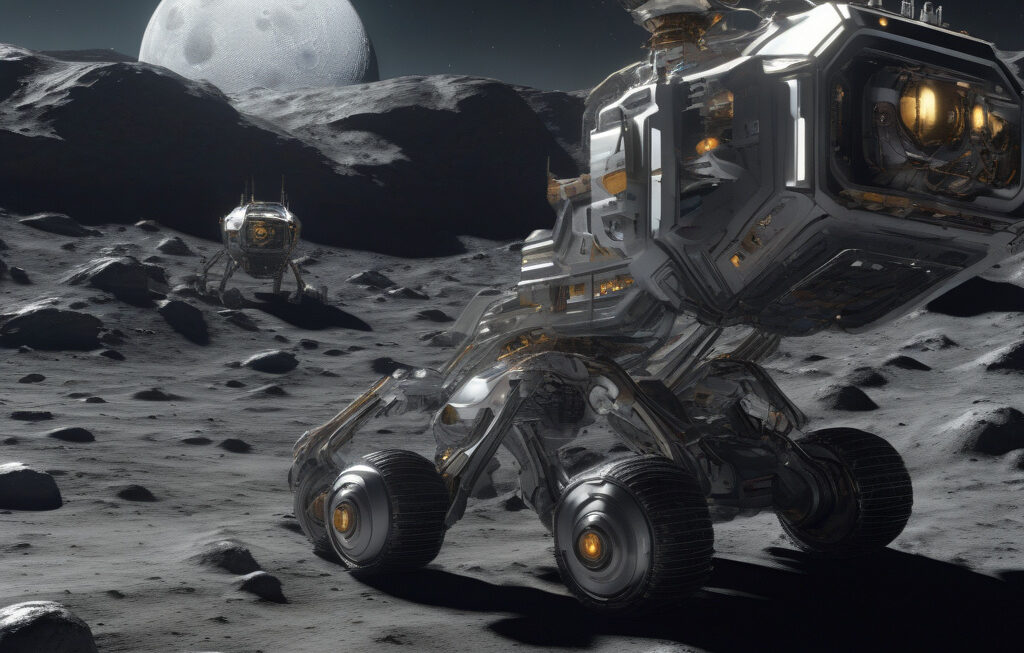Americium-241: The Potential Game-Changer for NASA’s Longest Space Missions
In the race to explore deep space, NASA is betting on a new kind of fuel that could revolutionize the way we power spacecraft for extended missions. Americium-241, a synthetic element not commonly found in nature, is being considered as a viable alternative to traditional plutonium fuel for powering spacecraft on missions that require long-term energy sources.
NASA’s missions to the outer reaches of our solar system, such as the Voyager probes and the upcoming mission to Europa, have relied on plutonium-238 as a power source. However, the global supply of this rare isotope is limited, prompting the need for alternative solutions. Americium-241, which is a byproduct of nuclear reactors and has a much longer half-life than plutonium-238, could be the answer to this pressing issue.
One of the main advantages of using americium-241 is its longevity. With a half-life of over 400 years, this synthetic element can provide a stable source of energy for spacecraft on missions that last decades or even centuries. This means that NASA could potentially explore distant planets, moons, and asteroids without the need for frequent refueling or power source replacements.
Moreover, americium-241 is more abundant and easier to produce than plutonium-238. While plutonium-238 production requires specialized nuclear reactors and isotope separation facilities, americium-241 can be synthesized from existing nuclear waste materials, making it a more cost-effective and sustainable option for long-duration space missions.
Another benefit of americium-241 is its high energy density, which allows for smaller and lighter fuel sources. This is crucial for spacecraft design, as reducing weight and volume can increase payload capacity and overall mission efficiency. By using americium-241 as a fuel source, NASA can potentially design smaller and more agile spacecraft capable of traveling greater distances in shorter time frames.
Despite these potential advantages, there are still challenges that need to be addressed before americium-241 can replace plutonium fuel in NASA’s missions. Safety and regulatory concerns, as well as the development of new technologies to harness the energy from this synthetic element, are among the key areas that require further research and investment.
In conclusion, the potential of americium-241 to replace plutonium fuel in NASA’s longest space missions represents a significant step forward in the exploration of deep space. By leveraging the unique properties of this synthetic element, NASA could unlock new possibilities for extended missions to distant corners of our solar system and beyond.
#Americium241, #NASA, #SpaceMissions, #AlternativeFuel, #DeepSpaceExploration











